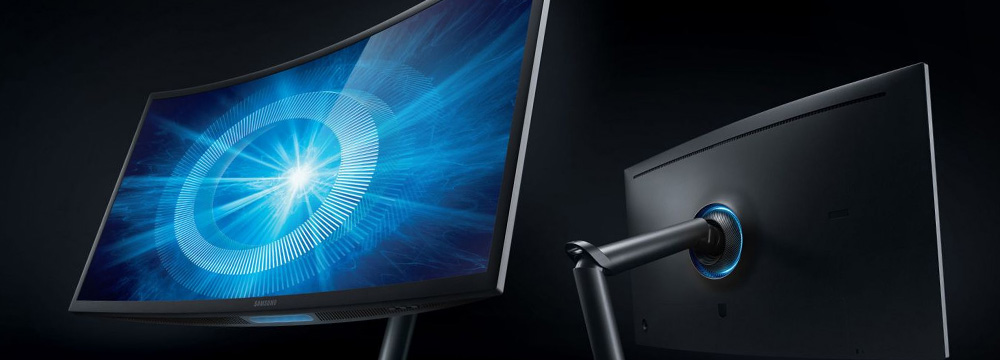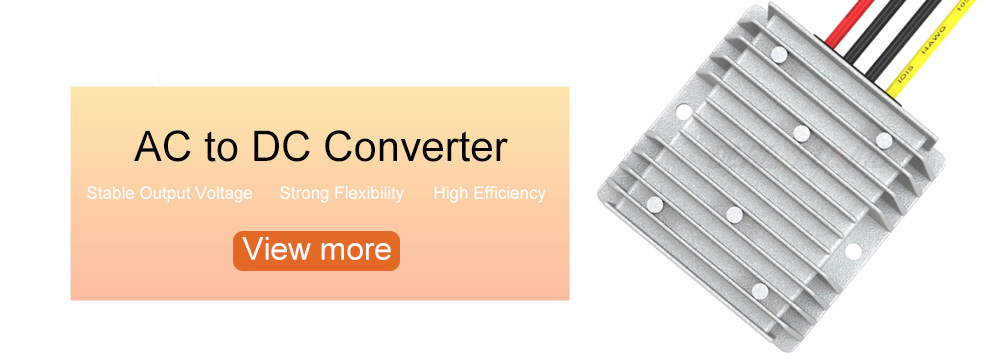What is AC
The acronym for Alternating Current.
AC is an electric current whose magnitude and polarity (direction) change periodically over time.
The number of times the current polarity changes in 1 second is called frequency, expressed in Hz.
What is DC
The acronym for Direct Current.
DC is an electric current whose polarity (direction) does not change over time.
A current whose polarity (direction) and magnitude do not change over time is usually called DC.
A current whose polarity does not change over time but whose magnitude changes over time is also DC, and is usually called ripple current.
What is an AC/DC converter?
An AC/DC converter is a component that converts AC (alternating current voltage) into DC (direct current voltage).
Why do we need an AC/DC converter?
That's because the voltage received by homes and buildings is 100V or 200V AC voltage. However, most of the electrical appliances we use operate at 5V or 3.3V DC voltage. In other words, if the AC voltage is not converted into DC voltage, the electrical appliances cannot work.

There are products such as motors and light bulbs that can be driven by AC voltage, but the motor is connected to the control circuit of the microcontroller, and the light bulb becomes an energy-saving LED, so ACDC conversion is necessary.
Why is AC voltage transmitted?
Some people may think, "Since electrical appliances use DC, why not transmit DC from the beginning?"
As we all know, electricity comes from hydroelectric power plants, thermal power plants, nuclear power plants, etc. These power plants are located in mountainous areas or coastal areas, and AC voltage is more advantageous when transmitting from these areas to urban areas.
In short, by transmitting AC voltage in a high-voltage, low-current manner, transmission loss (energy loss) can be reduced. However, in actual households, since high voltage cannot be used directly, it is necessary to transform (step down) in stages through several substations, and finally convert it to 100V or 200V before entering the household. These conversions are also simpler with AC, so AC voltage is transmitted.
Full-wave rectification and half-wave rectification (AC/DC conversion)
There are two rectification methods for converting AC (alternating current voltage) to DC (direct current voltage): full-wave rectification and half-wave rectification. In both cases, the forward current flow characteristics of the diode are used for rectification.
Full-wave rectification converts the negative voltage component of the input voltage into a positive voltage through a diode bridge circuit structure and then rectifies it into a DC voltage (pulse voltage). Half-wave rectification uses a diode to eliminate the negative voltage component of the input and then rectifies it into a DC voltage (pulse voltage). After that, the waveform is smoothed by the charging and discharging function of the capacitor, thereby converting it into a pure DC voltage.
Therefore, it can be said that full-wave rectification is a more efficient rectification method compared to half-wave rectification that does not utilize the negative voltage component of the input. In addition, the smoothed ripple voltage varies depending on the capacitor capacity and load (LOAD).
Under the same capacitor capacity and load conditions for full-wave rectification and half-wave rectification, the ripple voltage of full-wave rectification is smaller. The smaller the ripple voltage, the higher the stability and the better the performance.
AC/DC conversion method
AC/DC conversion has a transformer method and a switch method.
The transformer method first requires the AC voltage to be stepped down to an appropriate AC voltage (for example, from AC100V to AC10V, etc.) by a transformer. This is an AC/AC conversion, and the voltage reduction value is set by the winding ratio of the transformer.
Next, the AC voltage stepped down by the transformer is full-wave rectified by a diode bridge rectifier and converted into a pulse voltage. Finally, the capacitor smoothes and outputs a DC voltage with a small ripple, which is the most traditional AC/DC conversion method.
Development
In the future, microgrids need to develop distributed AC/DC power supplies. Microgrid AC/DC technology will better solve problems related to power quality and power flow balance, voltage and frequency control, power management, optimization, stability, reliability and protection, dynamic models, and economic operation.






